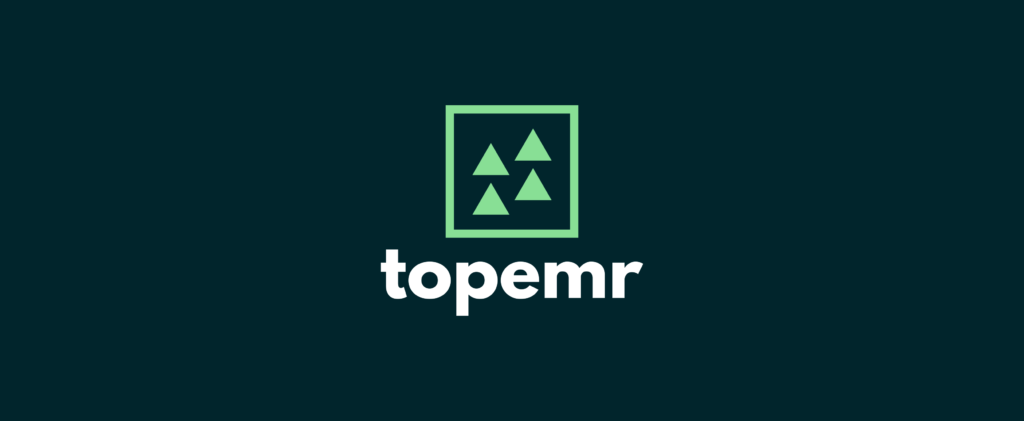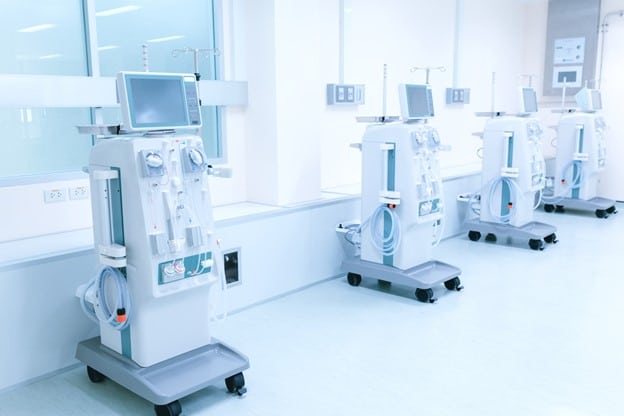Introduction
In Dubai, healthcare compliance is both a business necessity and a daily stress point. Dialysis clinics operate in one of the most tightly regulated medical sectors under DHA and NABIDH oversight. Audit requirements are unforgiving. Yet despite best intentions, many clinics continue to rely on manual paperwork, disjointed systems, and last-minute “audit scramble” practices.
The problem isn’t intent—it’s structure. Compliance feels painful because it’s treated as a separate activity instead of being embedded into daily operations.
Data from TopEMR.ae shows that Dubai’s most efficient dialysis clinics—those scaling multiple branches successfully—have one thing in common: they digitize compliance across the full patient journey.
This article translates that into an actionable playbook for Dubai dialysis units—how to automate compliance, simplify audits, and make quality governance part of your growth engine.
1. The Real Cost of Manual Compliance
TopEMR highlights the recurring issues Dubai clinics face: missing vitals in treatment logs, unsigned consent forms, lost paper trails, and inconsistent billing data across sites.
Each error adds hidden cost:
- Audit risk: missing records trigger MOH penalties.
- Operational drag: staff spend hours hunting files.
- Revenue leakage: unlinked billing and EMR cause unbilled consumables.
- Reputation damage: non-compliance erodes patient trust.
Manual systems don’t fail because staff are careless—they fail because humans can’t scale documentation with the precision regulators expect.
2. Why Dubai Clinics Need Automation-Led Compliance
Dubai’s market is unique: healthcare is not just a public good but a competitive industry. Patients expect luxury-grade service, and regulators expect audit-grade records. Automation unites both expectations.
Digitizing compliance turns it from reactive paperwork into real-time operational assurance:
- Every treatment is logged, verified, and audit-ready instantly.
- Billing syncs automatically with documented procedures.
- Exceptions are flagged before they become violations.
Clinicea’s unified system shows that compliance and efficiency are not opposites—they are interdependent.
3. The Five-Part Compliance Playbook for Dubai Dialysis Clinics
A. Digitize Consent and Legal Workflows
Paper consent forms are a top audit failure point. Automate this step.
- What to do: Capture e-signatures before each session, auto-timestamp, and link to the treatment record.
- Result: No missing consents, no re-signing panic during audits.
- Clinicea edge: Digital consent templates tied to session protocols and legal version control.
B. Standardize EMR Templates for Dialysis Protocols
TopEMR data shows incomplete EMRs are the biggest compliance bottleneck in Dubai.
- What to do: Use dialysis-specific EMR flowsheets with mandatory vitals, eGFR auto-calculation, and physician sign-off fields.
- Result: Uniform documentation quality across all units.
- Clinicea edge: Prebuilt dialysis EMRs that lock session closure until completion.
C. Link Billing and Compliance
Billing and compliance cannot live in silos. Dubai clinics often face mismatches between billed items and documented procedures.
- What to do: Integrate billing logic with EMR completion. If consent or procedure logs are missing, billing should pause automatically.
- Result: Zero unbilled consumables, cleaner AR cycles.
- Clinicea edge: Auto-consumable billing and insurance policy rules embedded in EMR.
D. Automate Audit-Ready Dashboards
Audit prep should take minutes, not weeks.
- What to do: Track completeness, consents, protocol deviations, and expiring licenses in live dashboards.
- Result: No more “find that log” moments during inspections.
- Clinicea edge: Drill-down dashboards that export directly for DHA or insurer reviews.
E. Capture and Close Feedback Loops
Compliance isn’t only paperwork—it’s patient experience accountability.
- What to do: Automate post-session feedback via SMS or portal. Trigger escalation workflows for low scores.
- Result: Documented patient-communication evidence for audits and higher satisfaction scores.
- Clinicea edge: Feedback analytics linked to clinician or shift.
4. Making Compliance Operational, Not Administrative
TopEMR emphasizes that leading Dubai dialysis chains shifted from “compliance as documentation” to “compliance as daily routine”.
What That Looks Like:
- Each patient’s session is closed only after EMR and billing validations pass.
- Dashboards show completion rates and deviations in real time.
- Management reviews exceptions weekly, not during audit month.
This makes compliance self-sustaining. Staff no longer chase files; the system enforces discipline automatically.
5. From Reactive to Predictive Governance
Dubai’s best clinics now use data not just to prove compliance—but to predict non-compliance.
By tracking metrics such as EMR completeness, consent capture, and AR aging weekly, operators can spot patterns before regulators do.
Example:
- A drop in treatment completeness rates → retrain that shift.
- Spike in manual overrides → review staff access permissions.
- Increase in unbilled consumables → audit barcode workflows.
Predictive compliance is the new gold standard—and automation makes it achievable.
6. Scaling Without Losing Control
Expansion is where most Dubai clinics lose compliance visibility. TopEMR’s article on scaling warns of red flags: protocol drift, inconsistent documentation, and disconnected billing across branches.
Solution:
- Standardize Workflows: Every branch uses identical digital templates.
- Centralize Monitoring: Dashboards aggregate metrics across sites.
- Empower Local Teams: Each unit tracks its own compliance KPIs weekly.
Clinicea enables this “controlled scalability.” Growth no longer means losing oversight—it means duplicating discipline.
7. The Visible ROI of Digital Compliance
TopEMR’s case examples show measurable gains from automation:
- Zero audit flags during MOH inspections.
- 20% faster billing cycles through EMR-linked workflows.
- Up to 10% higher profit margins from reduced consumable wastage.
- Shorter patient turnaround times from unified scheduling and documentation.
Compliance done right isn’t overhead—it’s margin protection.
8. Real Clinics, Real Impact
Clinics like The Hans Foundation, Kidney Solutions, and African Healthcare Network already deploy Clinicea across multiple units.
Their key results mirror what Dubai clinics are aiming for:
- 100% complete EMR and consent logs.
- Audit-grade dashboards accessible daily.
- Consistent adherence to ESRD protocols.
- Scalable governance across branches.
These outcomes prove that compliance can be automated, repeatable, and growth-friendly.
9. The Founder’s Perspective: Compliance as Strategy
Most founders and directors of dialysis networks view compliance as cost. In truth, it’s compounding protection.
Each automation investment reduces future legal exposure, builds patient trust, and speeds cash flow. When compliance and efficiency live inside one system, the clinic stops firefighting and starts scaling.
That’s the Clinicea difference: embedding regulatory discipline into the same workflows that drive profitability.
Conclusion
In Dubai’s hyper-regulated healthcare environment, compliance isn’t optional—but chaos isn’t inevitable.
Manual processes will always struggle under audit pressure. Automation flips that equation. With digital consent capture, dialysis-specific EMRs, linked billing, audit dashboards, and feedback workflows, compliance becomes structural—not stressful.
Clinicea turns every regulation into a routine, every audit into a confirmation, and every clinic into a predictable, scalable operation. Compliance doesn’t have to be painful—done right, it’s your strongest competitive advantage.
Attached LinkedIn Article:
Compliance Doesn’t Have to Be Painful: Here’s the Playbook That Works – https://lnkd.in/gHbJwVVP


Leave a Reply